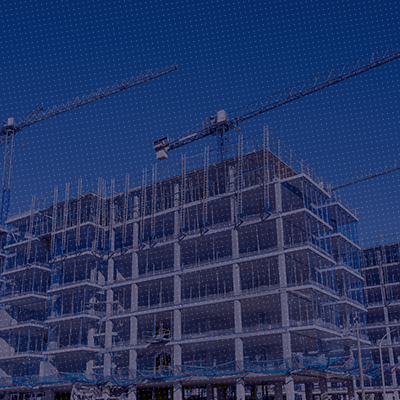The Indian real estate sector has evolved into one of the most high-value and dynamic segments of the economy, which is driven by sustained urbanisation, strong investor interest and infrastructure growth. As the scale and complexity of the transactions have increased, so has regulatory oversight - particularly in matters of taxation. The introduction of GST marked a significant shift in the indirect tax landscape, aiming to bring consistency and transparency. However, despite this reform, the real sector continues to grapple with interpretational gaps and practical ambiguities. This is particularly due to the peculiar nature of this sector as it involves multiple layers of compliance and differential tax treatment in comparison to other sectors where GST is levied uniformly. In this sector, the government tries to impose tax on a service component which is within an immovable property transaction. A specific transaction attracting attention is ‘sale of partially constructed buildings’, wherein lack of clear guidance has led to differing practices and increased litigation risk. Accordingly, a precise understanding of GST implications is essential to ensure proper compliance and mitigate exposure to regulatory action.
Under GST, the activity of ‘construction of a building’ which is intended for sale to a buyer is deemed as ‘supply of service’ in case consideration is received before an occupation certification (‘OC’) or completion certificate (‘CC’) is issued. However, the legislature has kept ‘sale of building’ outside the purview of GST, except to the extent covered under deemed supply of construction service. Thus, the government has marked issuance of OC/CC as a decisive point, marking the shift from construction activity being classified as a ‘supply of construction services’ to being recognized as the ‘sale of a building’, thereby creating two separate subsets which are mutually exclusive to one another. However, given the way provisions are worded, a question still remains open that whether every transaction involving sale of immovable property, where OC/CC has not been received, will be taxable under GST?
Let us take a scenario where a builder starts constructing a building with a purpose in mind. However, it may so happen that the builder may not complete the construction for various reasons such as, financial issues, change of intent, etc., and decide to sell the incomplete structure in the market. This gives rise to the issue as to whether sale of such a structure will qualify as ‘sale of building’ or supply of ‘construction service’.
Recently, the Karnataka High Court in the case of Rohan Corporation India Pvt. Ltd. v. Union of India [2025-VIL-324-KAR] has tried to solve this mystery. In this case, a company had commenced construction of mall for itself, but the project was halted due to initiation of insolvency proceedings. The petitioner purchased the said building on ‘as is where is’ basis from the liquidator upon payment of GST. The petitioner filed a refund claim on the ground that the transaction qualifies as ‘sale of building’, which was rejected by the department. Karnataka High Court held that transfer of partially constructed building (which is substantially completed) on ‘as is where is’ basis does not amount to deemed supply of construction service. Rather, such a transfer qualifies as ‘sale of building’ under Para 5 of Schedule-III and is not leviable to GST. The court held that for there to be supply of construction service, the basic requirement is that there should be a service provider and services receiver, and the service provider should undertake construction activity for the service recipient. If the agreement for sale of partially constructed building has been entered into after the said building has emerged and subsequently, no construction activity has been undertaken by the supplier, it cannot be said that the supplier has supplied any construction service to the recipient.
The judgment in question is undoubtedly a welcome relief for the taxpayers to the extent it clarifies that not everything sold before OC/CC qualifies as ‘construction service’ under GST. However, a fundamental and critical issue still remains open: whether a partially constructed building qualifies as a ‘building’ in the first place. It is also worth noting that Karnataka High Court dealt with a specific situation involving transfer of a substantially completed building. Therefore, it will have to be seen whether the principle laid down in the judgment can be extended to a case where the structure is of such a nature that it may still not warrant itself to be called as a building.
Another point of deliberation is whether the judgment can be made applicable to a scenario involving no gap/halt in the construction activity. For instance, if a buyer purchases under-construction building from Mr. Z and undertakes construction from the very next day, whether it will still qualify as ‘sale of building’ or an intervening halt in the construction activity is needed to break the chain of construction service? There might also be a situation where a partially constructed building is being re-sold by one investor to another or there is transfer of an under-construction project from one developer to the other.
Thus, sale of a partially constructed property today is not just a commercial transaction—it is a nuanced legal and tax event that raises questions around the nature of supply, timing, and applicable tax rates under GST. As the sector continues to evolve, navigating these issues has become a critical area of focus for developers, buyers, and legal advisors alike.
[The authors are Executive Partner and Senior Associate, respectively, in GST practice at Lakshmikumaran & Sridharan Attorneys, Mumbai]





